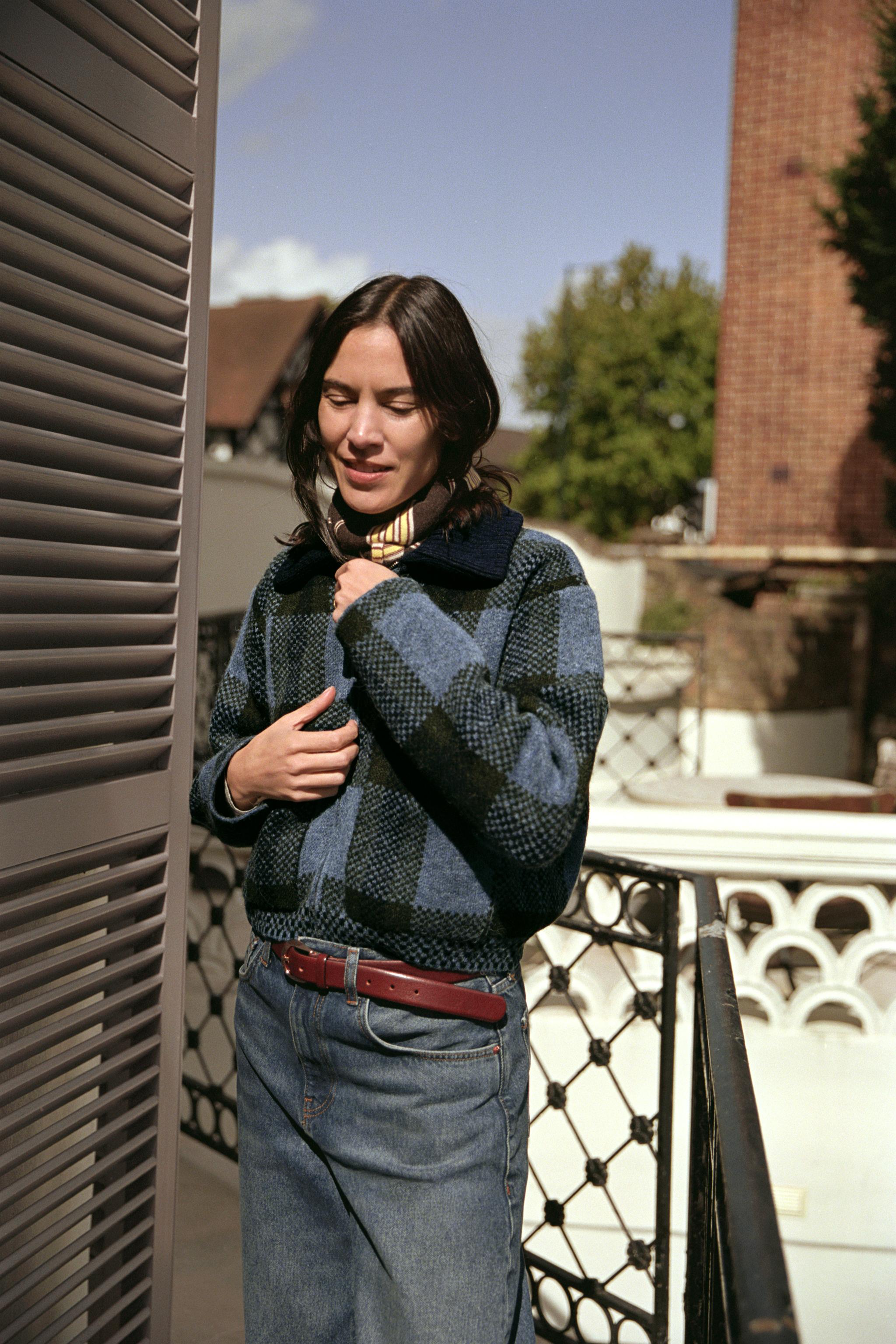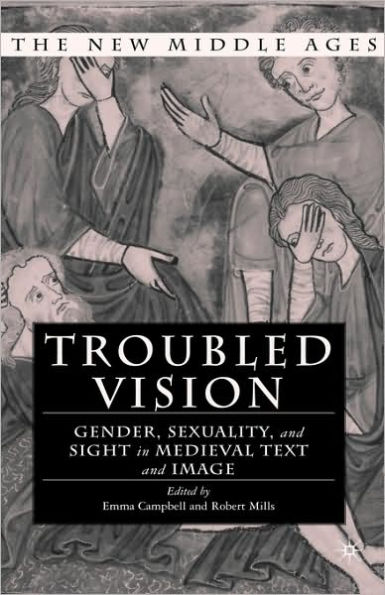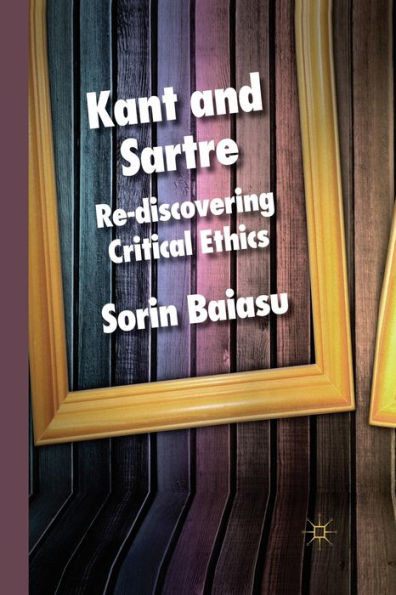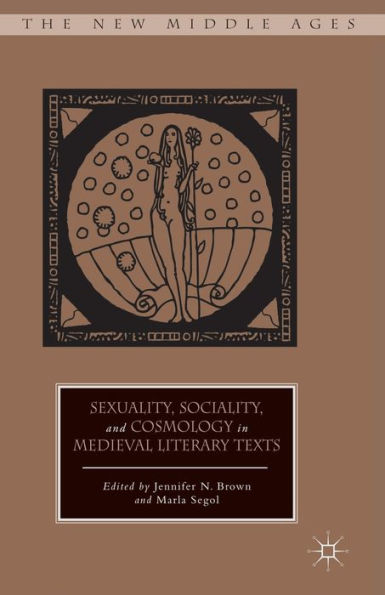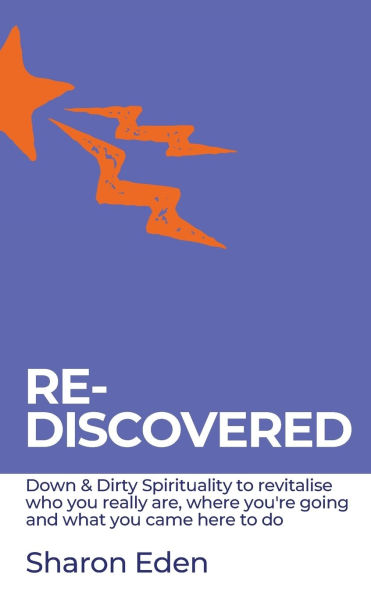Home
The Goddess Re-discovered: Gender and Sexuality Religious Texts of Medieval Bengal
Barnes and Noble
Loading Inventory...
The Goddess Re-discovered: Gender and Sexuality Religious Texts of Medieval Bengal in Bloomington, MN
Current price: $190.00


The Goddess Re-discovered: Gender and Sexuality Religious Texts of Medieval Bengal in Bloomington, MN
Current price: $190.00
Loading Inventory...
Size: Hardcover
The book critically analyses questions of gender and sexuality in the medieval religious texts of Bengal. It analyses the emergence of religious cults in patriarchal contexts, the humanization of the goddess figure as a wife and mother who is subject to social and ethical codes, and demythologization of folk epics.
This book discusses the folk genre of the Mangal Kavyas such as the
Chandi Mangal
and the
Manasa Mangal
, against the perspectives of Sanskrit texts like the
Devi Mahatmya
Devi Bhagavata Purana
, and compares and contrasts the
Kalika Purana
against the texts and practices of the Tantric cult, to shed light on the paradoxes and parallels in the images of Kali found in the texts and practices dominant in the eastern region of India. The author also highlights the centrality of Chaitanya in the Gaudiya Vaishnava movement, the social and religious revolution he brought with the philosophy of
raganuga bhakti
along with the androgynous aspects in his relationships; explores the concept of mystical eroticism in the love of Radha and Krishna as seen in the song sequences of the Gaudiya Vaishnavas; and discusses women’s Rama-kathas found in a variety of languages across India.
Rich in archival material, this book will be an essential read for scholars and researchers of gender studies, women’s studies, literature, medieval history, social history, cultural anthropology, religious studies, cultural studies, South Asia studies, and those interested in the history of medieval Bengal.
This book discusses the folk genre of the Mangal Kavyas such as the
Chandi Mangal
and the
Manasa Mangal
, against the perspectives of Sanskrit texts like the
Devi Mahatmya
Devi Bhagavata Purana
, and compares and contrasts the
Kalika Purana
against the texts and practices of the Tantric cult, to shed light on the paradoxes and parallels in the images of Kali found in the texts and practices dominant in the eastern region of India. The author also highlights the centrality of Chaitanya in the Gaudiya Vaishnava movement, the social and religious revolution he brought with the philosophy of
raganuga bhakti
along with the androgynous aspects in his relationships; explores the concept of mystical eroticism in the love of Radha and Krishna as seen in the song sequences of the Gaudiya Vaishnavas; and discusses women’s Rama-kathas found in a variety of languages across India.
Rich in archival material, this book will be an essential read for scholars and researchers of gender studies, women’s studies, literature, medieval history, social history, cultural anthropology, religious studies, cultural studies, South Asia studies, and those interested in the history of medieval Bengal.
The book critically analyses questions of gender and sexuality in the medieval religious texts of Bengal. It analyses the emergence of religious cults in patriarchal contexts, the humanization of the goddess figure as a wife and mother who is subject to social and ethical codes, and demythologization of folk epics.
This book discusses the folk genre of the Mangal Kavyas such as the
Chandi Mangal
and the
Manasa Mangal
, against the perspectives of Sanskrit texts like the
Devi Mahatmya
Devi Bhagavata Purana
, and compares and contrasts the
Kalika Purana
against the texts and practices of the Tantric cult, to shed light on the paradoxes and parallels in the images of Kali found in the texts and practices dominant in the eastern region of India. The author also highlights the centrality of Chaitanya in the Gaudiya Vaishnava movement, the social and religious revolution he brought with the philosophy of
raganuga bhakti
along with the androgynous aspects in his relationships; explores the concept of mystical eroticism in the love of Radha and Krishna as seen in the song sequences of the Gaudiya Vaishnavas; and discusses women’s Rama-kathas found in a variety of languages across India.
Rich in archival material, this book will be an essential read for scholars and researchers of gender studies, women’s studies, literature, medieval history, social history, cultural anthropology, religious studies, cultural studies, South Asia studies, and those interested in the history of medieval Bengal.
This book discusses the folk genre of the Mangal Kavyas such as the
Chandi Mangal
and the
Manasa Mangal
, against the perspectives of Sanskrit texts like the
Devi Mahatmya
Devi Bhagavata Purana
, and compares and contrasts the
Kalika Purana
against the texts and practices of the Tantric cult, to shed light on the paradoxes and parallels in the images of Kali found in the texts and practices dominant in the eastern region of India. The author also highlights the centrality of Chaitanya in the Gaudiya Vaishnava movement, the social and religious revolution he brought with the philosophy of
raganuga bhakti
along with the androgynous aspects in his relationships; explores the concept of mystical eroticism in the love of Radha and Krishna as seen in the song sequences of the Gaudiya Vaishnavas; and discusses women’s Rama-kathas found in a variety of languages across India.
Rich in archival material, this book will be an essential read for scholars and researchers of gender studies, women’s studies, literature, medieval history, social history, cultural anthropology, religious studies, cultural studies, South Asia studies, and those interested in the history of medieval Bengal.



